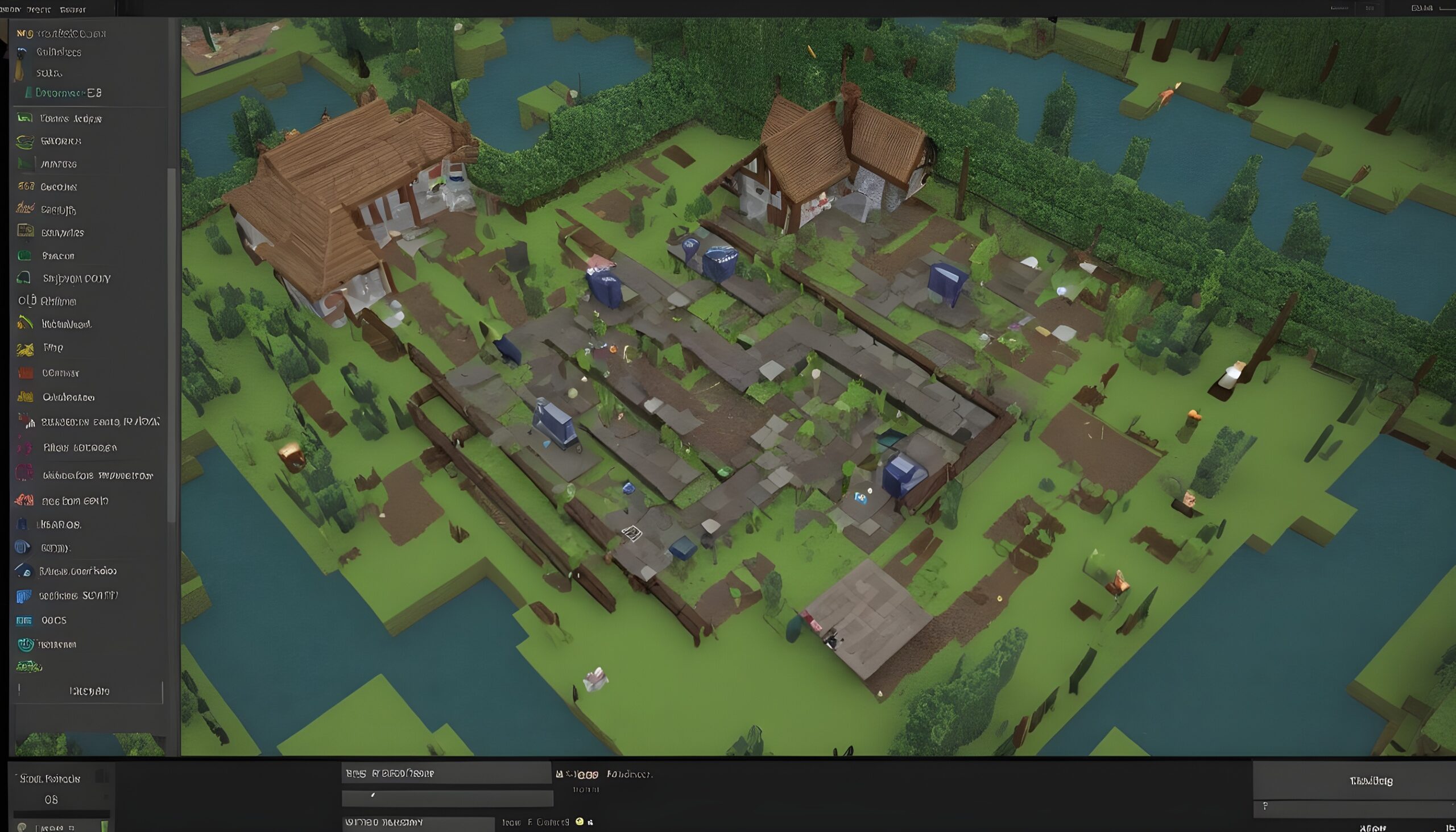Introduction: Embarking on the enchanting journey that is Minecraft, players quickly discover that the world is not only a canvas for creativity but also a bustling marketplace. In this article, we’ll navigate the nuances of Minecraft trading, exploring its fundamental mechanics, strategies, and the communal spirit that shapes this virtual economy.
- Unveiling the Art of Villager Trade: Minecraft’s villages are not just quaint hamlets; they are bustling hubs of commerce. Interacting with villagers, each with their unique professions, unveils a tapestry of trades. From farmers sharing their bounty to librarians offering enchanted knowledge, understanding these exchanges is the gateway to a thriving in-game economy.
- The Chessboard of Player-Driven Economies: Venturing into multiplayer realms, Minecraft transforms into a dynamic chessboard of player-driven economies. Markets spring to life as players barter, negotiate, and establish trade hubs. The heartbeat of these economies is the collective decisions of players, shaping a collaborative yet competitive landscape.
- Rare Treasures: The Currency of Minecraft: Delving deeper, we discover that not all items are created equal. Rare and coveted items, whether elusive enchantments or unique building materials, become the currency of Minecraft. The pursuit of these treasures not only defines individual gameplay but also fuels a vibrant trading culture within the wider community.
- Navigating Challenges: Trade with Caution: As with any marketplace, Minecraft’s trading scene isn’t without its challenges. Scams, misunderstandings, and economic imbalances loom as potential pitfalls. Navigating these challenges requires a cautious approach, ensuring fair play and a positive trading experience for all.
- Harmony in Updates: A Balancing Act: Minecraft, ever-evolving, introduces periodic updates that ripple through the trading landscape. These updates aim to maintain equilibrium, introducing new elements and adjusting existing ones. Exploring the evolution of trading in tandem with updates sheds light on the delicate balancing act undertaken by the game developers.
- The Unwritten Code: Etiquette in Minecraft Trading: Beyond the pixels and items exchanged lies an unwritten code governing Minecraft trading. Establishing trust, effective communication, and respecting the value of traded items form the backbone of a positive and thriving trading community. It’s not just about goods but the bonds forged through shared transactions.
- A Symphony of Interaction: Player Collaboration in Trade: Beyond the individual quests for rare items, Minecraft trading fosters a symphony of interaction among players. Collaborative projects, resource sharing, and joint ventures come to life as players recognize the mutual benefits of working together. The spirit of cooperation within the trading ecosystem amplifies the social aspect of Minecraft, turning it into more than just a solitary gaming experience.
- Innovations in Trade Architecture: Player-Made Markets: As Minecraft communities flourish, players showcase their creativity not only in building structures but also in crafting innovative marketplaces. Player-made markets, with unique architectural designs and intuitive layouts, become hubs of activity. These markets reflect the imaginative prowess of players, transforming the trading experience into an art form.
- The Role of Trust: Building Bridges Through Trade: Trust is the cornerstone of any successful trade, and in Minecraft, it goes beyond mere in-game exchanges. The establishment of trust becomes a bridge connecting players across virtual landscapes. From reputation systems to personal recommendations, players actively build a network of trust that transcends the pixels on the screen.
- Lessons from Minecraft Trading: Real-World Parallels: Surprisingly, the principles governing Minecraft trading offer insights with real-world parallels. Concepts such as supply and demand, negotiation skills, and community dynamics within the game mirror aspects of real-life economies. Minecraft becomes not just a game but a training ground for skills applicable beyond the digital realm.
- The Beauty of Simplicity: Rediscovering Trading in Minecraft: In a world filled with complex gaming mechanics, Minecraft trading stands out for its simplicity. It’s a reminder that at its core, trading is about mutual benefit and shared experiences. Rediscovering the beauty in the simplicity of Minecraft trading can be a refreshing perspective amid the ever-growing complexity of modern video games.
- Looking Ahead: Future Prospects of Minecraft Trading: As Minecraft continues to evolve, what lies ahead for its trading system? Speculations about future updates, potential additions to the trading mechanics, and the community’s anticipation create a sense of excitement. The journey of Minecraft trading is ongoing, promising new adventures and challenges for players to explore.
